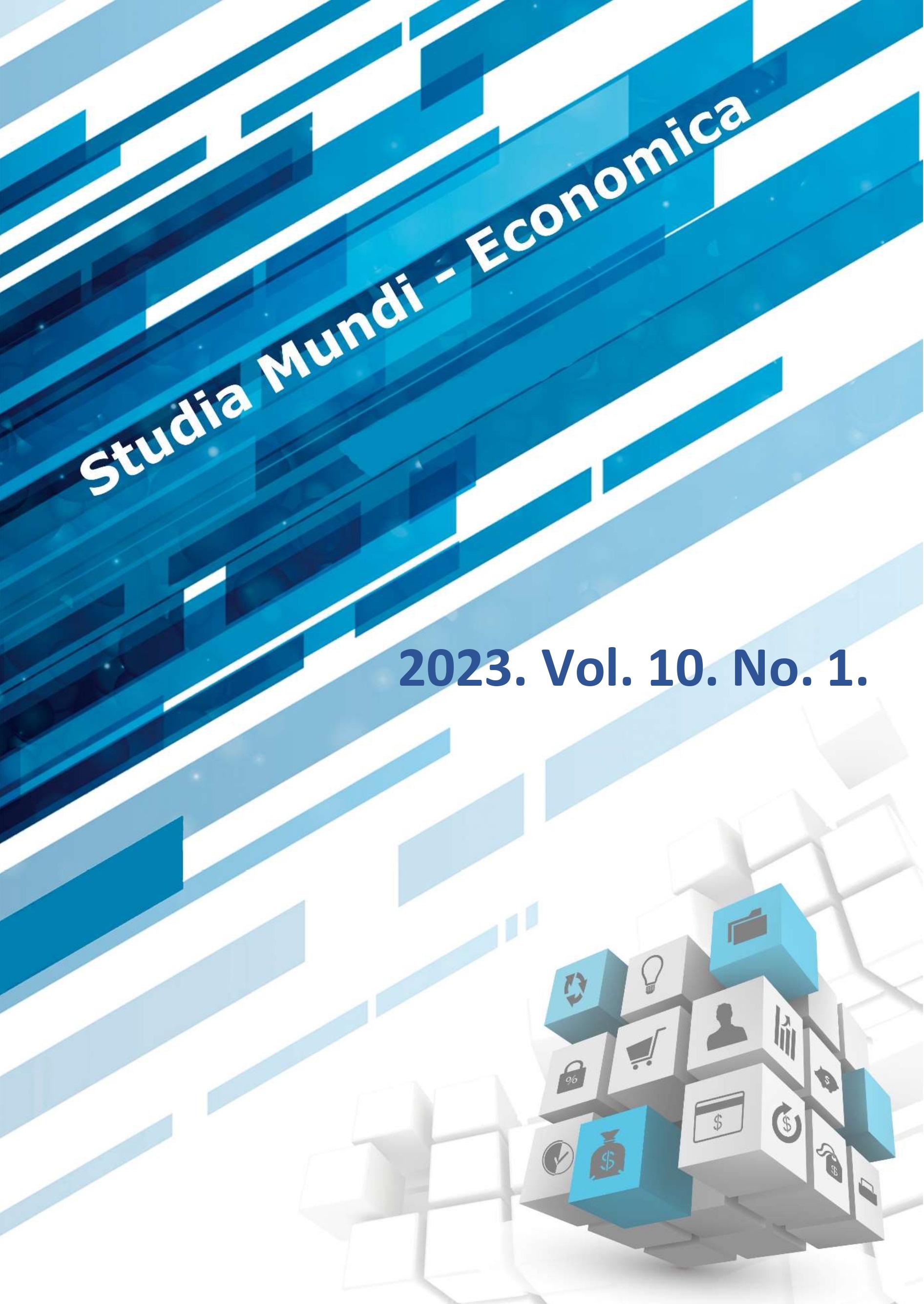Termékelérhetőség gyökérokainak elemzése egy magyarországi online élelmiszer-kiskereskedő esetén
DOI:
https://doi.org/10.18531/sme.vol.10.no.1.pp.77-88Kulcsszavak:
E-kereskedelem, Termékelérhetőség, Vevői elégedettség, Customer SatisfactionAbsztrakt
Az online élelmiszerkereskedelem óriási változáson ment keresztül az elmúlt néhány évben. Az amúgy is lendületben lévő e-kereskedelem a COVID-19 hatására tovább erősödött. Ezzel egyidejűleg a vásárlói elvárások is emelkedtek. A tanulmány célja, hogy bemutassa azokat az okokat, amelyek termékelérhetőségi problémákat okoznak az online élelmiszer kiskereskedelemben. Az adatok egy 2022 őszi adatfelvételből származnak, melynek során a kiskereskedő három kiválasztott telephely esetén, tíz napon keresztül mindennap megvizsgálta a vásárlók által rendelt, de nem elérhető termékeket, megértve ennek gyökérokait, hogy megtegye a szükséges lépéseket, ezzel a szolgáltatás minőségét javítani tudja. A vásárlók visszajelzései alapján a termékek elérhetősége alapvető a szolgáltatás színvonalának megítélése kapcsán. Leíró statisztikai módszerek alkalmazásával elemzéseket végeztük a rendelkezésünkre bocsájtott adatokban és levontuk a következtetéseket.
Hivatkozások
Ballai V. (2018): Kosárérték. Forrás: Így kezdődött az e-kereskedelem Magyarországon: https://kosarertek.hu/piac/igy-kezdodott-az-e-kereskedelem-magyarorszagon Utolsó letöl-tés dátuma: 2022.12.25.
Erdélyi-Sipos A., & Tátrai-Németh K. (2018): Közétkeztetők kézikönyve. Budapest: Springmed ISBN: 9789639695627.
Eszes I. (2011): E-kereskedelem. Eszes könyvtár.
Geró I. (2019): E-kereskedelem fejlődése I. (Digitális gazdaság, e-business, e-kereskedelem). Acta Wekerle ensis.
GKID (2021): GKI Digital. [Online] Available at: https://gkidigital.hu/2021/03/25/2020-online-kiskereskedelem Utolsó letöltés dátuma: 2022.12.25.
GKID (2022): GKI Digital. [Online] Available at: https://gkidigital.hu/2022/03/24/70-millio-online-vasarlas Utolsó letöltés dátuma: 2022.12.25.
Hold.hu (2022): Forrás: https://hold.hu/lexikon/e-kereskedelem-fogalma-es-fejlodese-magyarorszagon Utolsó letöltés dátuma: 2022.12.25.
Kápolnai A. – Nemeslaki A. – Pataki R. – Móricz P. – Duma L. (2002). E-business stratégia vállalati felsővezetőknek. Budapest: Aula Kiadó.
Kenesei Z. (2017): A vevői elégedettség mérésének lehetőségei. Statisztikai Szemle, DOI: https://doi.org/10.20311/stat2017.01.hu0029
Kosárérték. (2019): Kosárérték. Forrás: Mit és Hogyan mérjünk? : https://kosarertek.hu/konverzio/ugyfelelegedettseg-mit-es-hogyan-merjunk/ Utolsó letöl-tés dátuma: 2022.12.25.
Nemeslaki A. (2004): E-Business üzleti modellek. Budapest: ADECOM Kommunikációs Szol-gáltató.
Oliver, R. (1977): Effect of expectation and disconfirmation on postexposure product evaluations: An alternative interpretation. Journal of Applied Psychology, 480–486 DOI: https://doi.org/10.1037/0021-9010.62.4.480
Póka V. – Gyenge B. (2022). A termékelérhetőség biztosításának kihívásai az élelmiszer e-kereskedelemben. Magyarországi eset. Acta Periodica, DOI: https://doi.org/10.47273/ap.2022.25.64-73
Póka V. – Lány, M. – Gyenge B. (2022). Kiszervezett logisztika hatása a vevői elégedettségre az e-kereskedelemben. In Logisztika évkönyv 2023, Budapest: Magyar Logisztika Egyesület. pp 236–248. DOI https://doi.org/10.23717/LOGEVK.2023.22
Szymanski , D. – Henard , D. (2001). Customer satisfaction: A meta-analysis of the empirical evidence. Journal of the Academy of Marketing Science, DOI: https://doi.org/10.1177/009207030102900102
Tátrai-Németh K., Csajbókné Csobod É., & Czékmán E. (2020). Élelmezés menedzsment. Budapest: Akadémiai Kiadó. DOI: https://doi.org/10.1556/9789634545347
Letöltések
Megjelent
Folyóirat szám
Rovat
License
Copyright (c) 2023 Póka Viktor

This work is licensed under a Creative Commons Attribution-NonCommercial-NoDerivatives 4.0 International License.
A folyóirat Open Access (Gold). Cikkeire a Creative Commons 4.0 standard licenc alábbi típusa vonatkozik: CC-BY-NC-ND-4.0. Ennek értelmében a mű szabadon másolható, terjeszthető, bemutatható és előadható, azonban nem használható fel kereskedelmi célokra (NC), továbbá nem módosítható és nem készíthető belőle átdolgozás, származékos mű (ND). A licenc alapján a szerző vagy a jogosult által meghatározott módon fel kell tüntetni a szerző nevét és a szerzői mű címét (BY).






